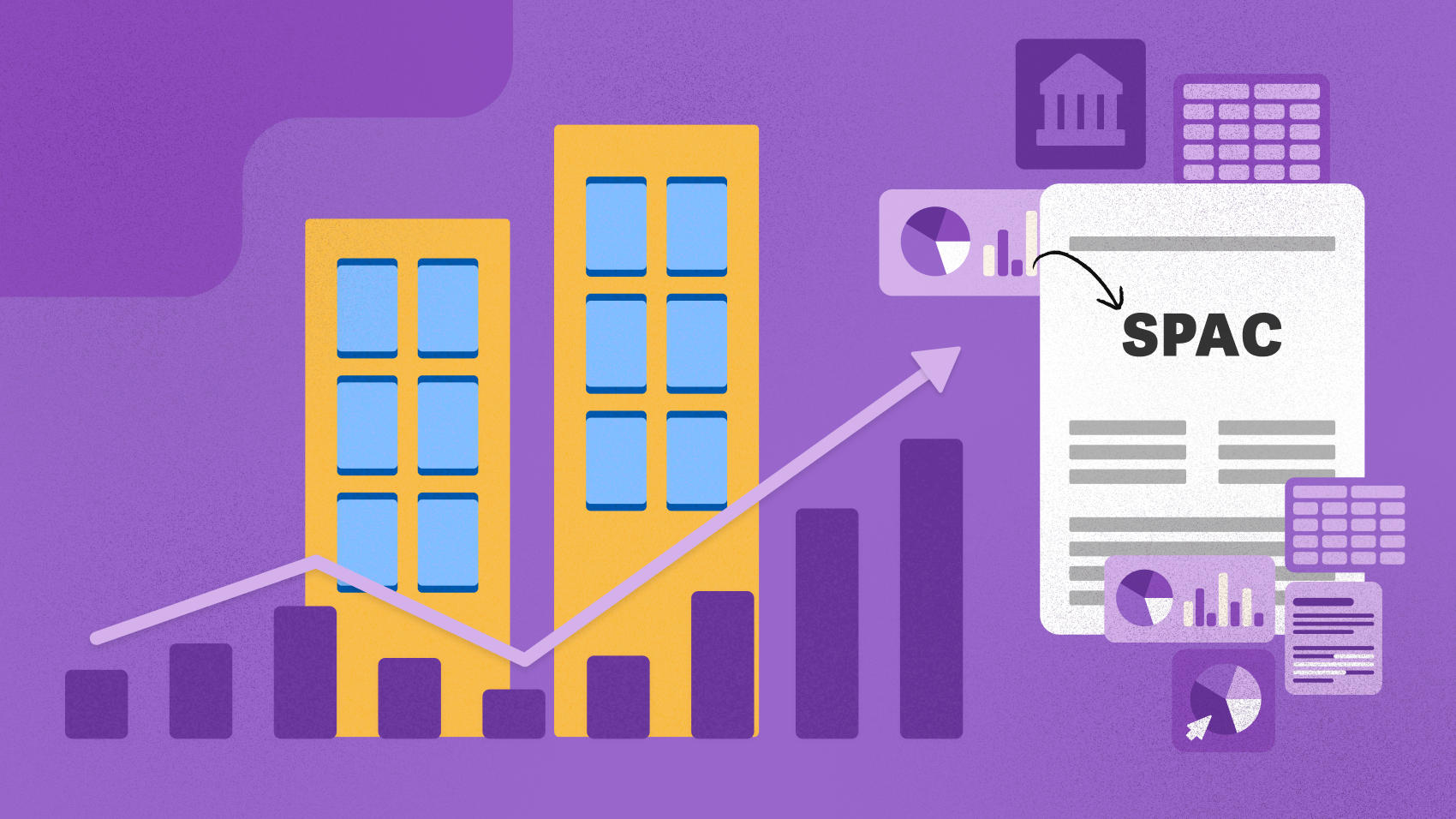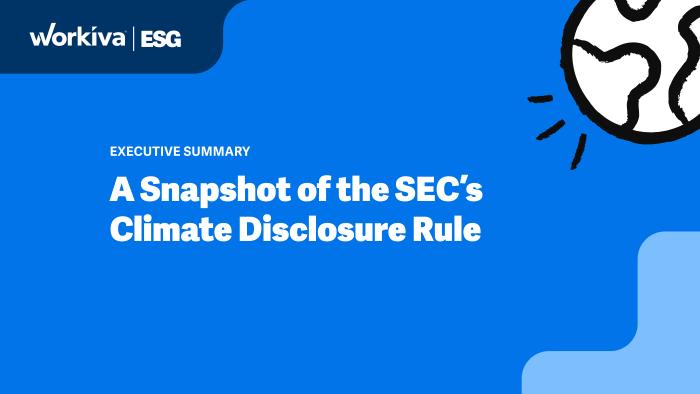SPACs Explained: Are They Still Worth It?

Are you looking to go public? There are many potential routes you can take. The three most popular initial public offering (IPO) vehicles are traditional IPOs, direct listings, and special purpose acquisition companies (SPACs).
In 2021, SPACs were the most popular form of IPO—63% went to market out of all U.S. IPOs. But are SPACs still worth the hype? Let’s first address what SPACs are.
What is a SPAC?
Special purpose acquisition companies, commonly referred to as SPACs, are a type of IPO that once allowed for the fastest entry into the public market—usually taking half the amount of time as traditional IPOs and direct listings. But how do SPACs work now, exactly?
How do SPACs work?
First, an investment firm forms a shell company to launch an IPO. This company does not sell or offer services—its sole purpose is to raise capital for a future merger or acquisition.
After gaining enough capital, the shell company identifies and acquires a private company to envelop. The SPAC merger process is known as a de-SPAC, as the company of record transitions from a SPAC to a regular, publicly traded company.
What is a de-SPAC?
The de-SPAC process effectively dissolves the original shell company and places the resulting company into the public market seemingly overnight. Companies that launch their IPO through a SPAC then gain immediate access to the capital raised by the SPAC and de-SPAC offering.
SPACs explained: How they’re different from other IPOs
All IPOs have the same outcome: a business entering the public market. The difference lies in the path that takes them there. Let’s explore SPAC versus IPO alternatives:
Traditional IPO
The default approach to IPOs. The traditional IPO process sees a private company raise capital by selling newly issued shares through underwriters and investment bankers. Underwriters assist with the transaction, selling these shares to investors under appropriate rules and regulations. While these underwriters help mitigate risk, they can incur significant management costs.
Direct listing
Instead of going through an underwriter, direct listings work with a financial firm to set a reference price and sell directly to the public. Companies that opt for a direct listing have built interest from investors due to the degree of marketing so the efforts from underwriters and investment bankers are not needed.
SPAC
SPACs can meet the requirements needed to raise public capital more quickly as their shell companies have no operations. They typically have two years to complete the acquisition of the target (de-SPAC) or must return the funding to investors. Once a target company is identified, a de-SPAC process occurs in which the target company becomes a publicly traded company.
For more information on the difference between these forms of IPO, check out IPO vs. Everything Else: Going Public for Legal Departments.
What are the risks and benefits of SPACs?
All forms of IPO carry unique risks and rewards. Often those risks outweigh the rewards, which may contribute to why only 35% of companies were profitable after launching their IPO in 2022. SPACs come with their own advantages and disadvantages.
Benefits of SPACs
A fast path to market was the primary benefit of SPACs, which is why so many companies chose this route to an IPO in recent years. When SPACs were first launched and popularized, companies could enter the market in around three months. For comparison, most traditional IPOs and direct listings take about six months.
But things have changed. The SEC issued a proposal in March 2022 that will require SPACs to make additional disclosures. New regulations increased the time it took companies to de-SPAC and enter the market. This means that SPACs could take about the same amount of time to enter the market as other forms of IPO.
Risks of SPACs
A lack of transparency plagued SPACs before the SEC’s 2022 proposal. SPAC stocks also tend to lose valuation after the de-SPAC process is complete and the company becomes public. This combination of risks made many investors feel slighted—many SPACs did not disclose enough information to communicate the risk of investment. This scenario was a primary driver in the SEC’s proposal to regulate SPACs.
SPAC and de-SPAC processes and filings are much more complicated than traditional IPOs or direct listings. It was worth enduring the extra complexity when SPACs took less time to market. But now that they take the same amount of time, the SPAC process is more complicated than other IPO options.
Fortunately, with the right IPO and S-1 filing software, you can reduce the costs and risks you may incur during any kind of IPO.
SPAC vs IPO
After reading the risks, you may ask yourself if pursuing a SPAC is worth your time. It’s a genuinely good question—SPACs simply aren’t what they used to be when they peaked in 2021 because of the recent SEC proposal. They no longer enjoy the speed that once made them so popular. And even when they were on the rise, they weren’t always the best deal for businesses as investors tended to profit the most.
There is no longer an added benefit to pursuing a SPAC, so it’s no longer a preferred method.
But it’s still possible to successfully launch an IPO through a SPAC. Many investors have shell companies in the IPO market today and are looking for companies to merge with. Given the recent downfall of SPACs as a process, you may be able to strike a good deal as investors are eager to invest and initiate a de-SPAC if valuations are favorable.
When you trust an IPO filing service from Workiva, you can rest easy knowing you’re supported by experts who offer 24/7 support as you launch your company into the public. Start the conversation with one of our experts today.
IPO vs. Everything Else: Going Public for Legal Departments
What’s the best way to go public? This guide provides legal teams an overview of going public, including the pros and cons of the three primary IPO routes, what to consider before and after funding, and how to easily manage these transactions.

_0.png)
